Press
Back to overviewHere we provide the press information and pictures of the exhibition for download. The image material is released free of charge exclusively for editorial contributions in connection with the presentation at KUNST HAUS WIEN. Please use the complete picture and copyright credits in the first instance. The images provided may not be cropped, overprinted or otherwise altered without prior permission.
Mining Photography
The Ecological Footprint of Image Production
-
PRESS RELEASE
Just how sustainable is the ‘eternal moment’? To what extent does the production of photographs contribute to man-made climate change? The exhibition MINING PHOTOGRAPHY. The Ecological Footprint of Image Production looks at the extraction of the key raw materials used in photography from the perspective of science and art: how they are mined initially, how they are disposed of, and the impact on our environment. A history of materials in five acts!
‘The new MINING PHOTOGRAPHY exhibition is the highlight of the series of exhibitions at KUNST HAUS WIEN focusing on photography. In 170 works, numerous artists take a critical look at the sustainability of photographic art and its production. Through this exhibition, KUNST HAUS WIEN, as the first ‘green museum’, once again lives up to its role as interface between ecology, sustainability and art,’ says Kurt Gollowitzer, Managing Director of the Wien Holding Group.
Gerlinde Riedl, Director, KUNST HAUS WIEN: ‘The exhibition represents an exciting change of perspective. Mining Photography does not showcase photography as a medium for depicting, documenting and mediating notions of climate change. Rather, it asks what the art form itself can tell us about a future beyond climate change – not in its illustrative function, but as a driving force that has altered nature in a fundamental way. In this moment of self-reflection, as it were, lies the particular strength of the exhibition.’
At the exhibition, historical photographs, contemporary artistic stances and interviews with experts tell the story of art photography from the perspective of its industrial production. Where, for example, did the copper come from that was used for Hermann Biow’s famous daguerreotype of Alexander von Humboldt? Showcasing 170 works, the exhibition impressively illustrates how, ever since its invention, the medium of photography has contributed to man-made changes in nature – and continues to do so to this day.
Esther Ruelfs, exhibition curator: ‘This exhibition is not about pointing the finger at ‘evil’ photography, but about putting our own house in order through the example of photography. There are lots of projects about climate change, something that is a matter of concern for all of us. Photography’s usual role is that of documenting the impact, capturing evidence of the droughts and floods. But in this exhibition, we wanted to highlight how the invention of photography and industrialisation are intertwined, and how its rise as a mass medium is linked to the exploitation of natural resources.’
From the very outset, the production of photographs has depended on the extraction and exploitation of natural raw materials. In the 19th century, salt, copper and silver were used to create the first images on copper plates and for salt prints. Following the advent of gelatin silver prints, the photography industry became the most important consumer of silver in the late 20th century, accounting for more than half the global consumption. Today, in the age of smartphones and digital photography, image production relies on rare earths and metals such as coltan, cobalt and europium. The storage of images and their dissemination also produce large quantities of CO2.
The exhibition MINING PHOTOGRAPHY tracks down individual trade and production chains. How has the actual materiality of photographs, frequently invisible to the naked eye, changed over the decades? The five exhibition sections follow the trail of the materials used in photographic production: copper, coal, silver, paper and rare earths. In one way or another they are all used as a backing medium, in printing or in digital photography: the copper for daguerreotypes; the fossil fuels such as coal and bitumen for photo prints; the silver for the gelatin silver prints in widespread use in the 20th century; the paper as a backing material; and the rare earths for our ever more compact cameras and smartphones. Interviews with M. Susan Barger (restorer), Hans Joosten (biologist), Hannah Pilgrim (activist), Rainer Redmann (chemist), Katrin Westner (mineralogist) and Katherine Mintie (art historian) examine the ecological footprint of materials and their extraction from a variety of perspectives in both research and science.
The artists featured at the exhibition and involved with the various materials and processes are Ignacio Acosta, Eduard Christian Arning, Lisa Barnard, Hermann Biow, F&D Cartier, Optics Division of the Metabolic Studio (Lauren Bon, Tristan Duke and Richard Nielsen), Oscar and Theodor Hofmeister, Susanne Kriemann, Honoré d'Albert de Luynes and Louis Vignes, Charles Nègre, Jürgen Friedrich Mahrt, Mary Mattingly, Madame d'Ora, Daphné Nan Le Sergent, Lisa Rave, Hermann Reichling, Alison Rossiter, Robert Smithson, Simon Starling, Anaïs Tondeur, James Welling, Noa Yafe and Tobias Zielony. They have chosen to approach the theme of various forms of image production from in part very different perspectives – from peat cutting (Theodor and Oscar Hofmeister) to the filling in of a quarry with liquid asphalt (Robert Smithson) to a slaughterhouse series (Madame d’Ora).
The exhibition is curated by artist, author and curator Boaz Levin and by Dr Esther Ruelfs, Head of the Photography and New Media Collection at MK&G.
A joint venture between KUNST HAUS WIEN and the Museum für Kunst & Gewerbe Hamburg [Museum for Arts and Crafts Hamburg]
The exhibition was made possible thanks to the kind support of the Alfried-Krupp von Bohlen und Halbach Foundation, the NUE Foundation (North German Foundation for the Environment and Development), funding from BINGO! Die Umweltlotterie, from Pro Helvetia, the Artis Foundation and the Institut français Germany.
-
Download the entire press release here
-
You can find more information on the supporting programme here.
-
Press photos
-
-
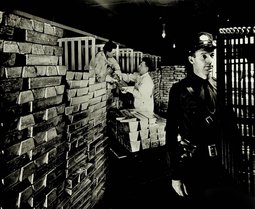 © Courtesy: Rare Books, Special Collections and Preservation, University of Rochester
© Courtesy: Rare Books, Special Collections and Preservation, University of Rochester
-
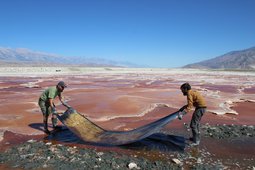 © Optics Division of the Metabolic Studio
© Optics Division of the Metabolic Studio
-
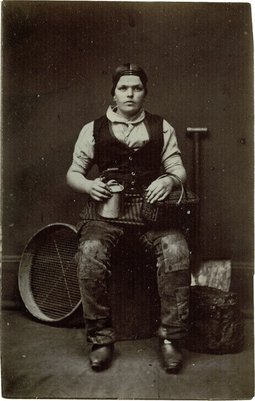 © The Mater and Fellows of Trinity College, Cambridge
© The Mater and Fellows of Trinity College, Cambridge
-
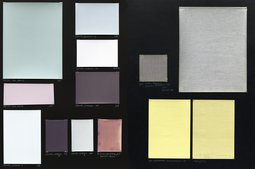 © F&D Cartier, Bildrecht Wien 2023
© F&D Cartier, Bildrecht Wien 2023
-
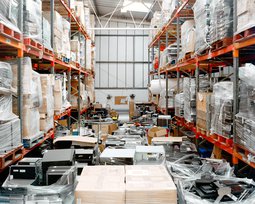 © Ignacio Acosta
© Ignacio Acosta
-
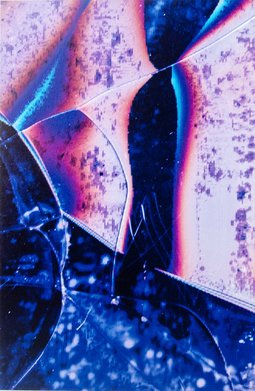 © Lisa Barnard
© Lisa Barnard
-
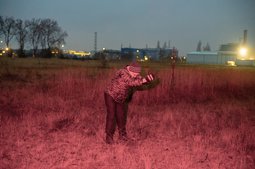 © Tobias Zielony, Bildrecht Wien 2023
© Tobias Zielony, Bildrecht Wien 2023
-
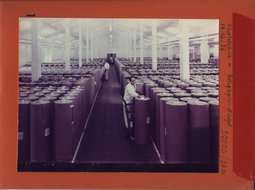 © Archiv Museum Ludwig, KölnCologne
© Archiv Museum Ludwig, KölnCologne
-
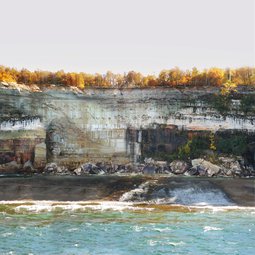 © Mary Mattingly
© Mary Mattingly
-
